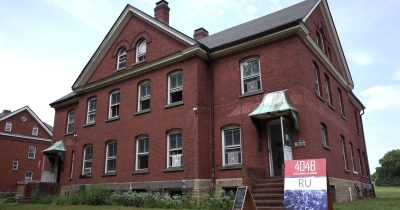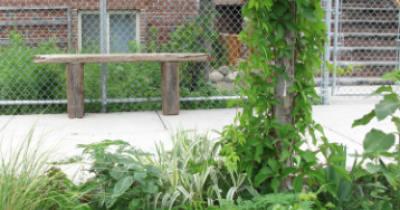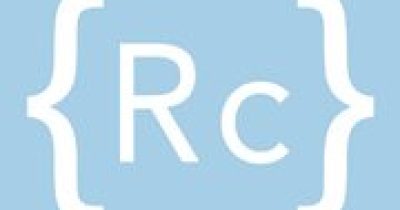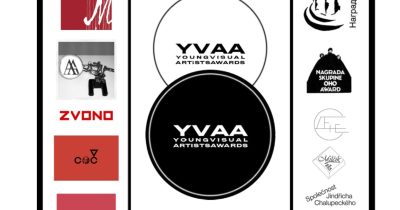Public Sphere: Process and Practices
Practices as an Intersection in a Fragile Environment #3_Nottingham
April the 7that New Art Exchange
After the previous two steps in Milan and New York, Practices as an Intersection in a Fragile Environment will take place as the third step in Nottingham at the New Art Exchange. Devoted to working in a mutual synergy with the territory and local communities, NAE develops, nurtures and stimulates new perspectives on the value of diversity in art and society.
The project has been conceived as a long-term narration that originates from the need to give back an almost ten-years long consideration on the relationship between the arts and the public space.
Michael Foucault said in an interview: «I don’t write a book so that it will be a final word; I write a book so that other books are possible, not necessarily written by me». Through this approach, Practices aims to become an open, porous, and horizontal process as well as a dynamic and unpredictable process through the inclusion of different and hopefully unexpected subjects: artists, curators, architects, urban planners, philosophers, sociologists, local associations so on so forth, as well as the general public.
Conceived for the NAE as an interdisciplinary platform, Practices as an Intersection in a Fragile Environment will start from the practices and moves within a fragile and precarious space such as that of the relationship between the arts and the public space. A space that has been witnessing over the recent years a significant movement from the artistic object to the project, from the aesthetic experience to the poetic, determining an interaction across practices that have significantly smooth, making it almost invisible, the border between such fields of action.
Hence, floating through different approaches we will ask where the artwork borns and if, as well as the institution, it should intervene within the world and with which consequences.
If in most of the recent cases, the world challenged the art world (the presence of the Occupy groups at the 7th Berlin Biennale, Forget Fear in 2012, rather than the Greenpeace activists invited to be part of the exhibition global aCtIVISm held between 2013 and 2014 at the ZKM Center for Art and Media in Karlsruhe) by undermining its borders, how does the art world challenge the world in its turn?
And more. If the artwork born in the world it becomes crucial to ask if with the projects we produce, as curators, artists or other professionals, we maybe only have an intellectual participation to the local communities and territories daily life that might originate a sort of distance between us and them in terms of active participation of what specifically happens in those territories: the ambitions, the dreams and the hopes these people have. If this is true: what kind of relations, reactions and consequences do these projects produce on the territories? What actually happens when the projects are finished?
Moreover: if most of the artistic practices, aim to open up a debate on themes concerning the society, can the public still just be put apart and treated as mere observer, or as a simple number to be added to the success or failure of a single operation or it should be considered as part of the project? For better saying: is the public a simple spectator or is it the protagonist (almost a co-producer) to be placed on the same level of the artist and the curator?
Quoting Simon Sheik, these questions push us to re-negotiate our notion of critics and achievement of what an artwork is and how it should engage its world’s imaginary. This should help us to drop out the common models in order to perceive and re-think new ones able to generate and nurture, not only different formats but above all new forms of thoughts, new languages, and new symbols.
—
The project is Institutionally supported by the New Art Exchange
Organized in collaboration and with the support of BJCEM (Biennale des Jeunes créateurs de l’Europe et de la Méditerranée).
Financially supported by BCC – Credito Cooperativo




